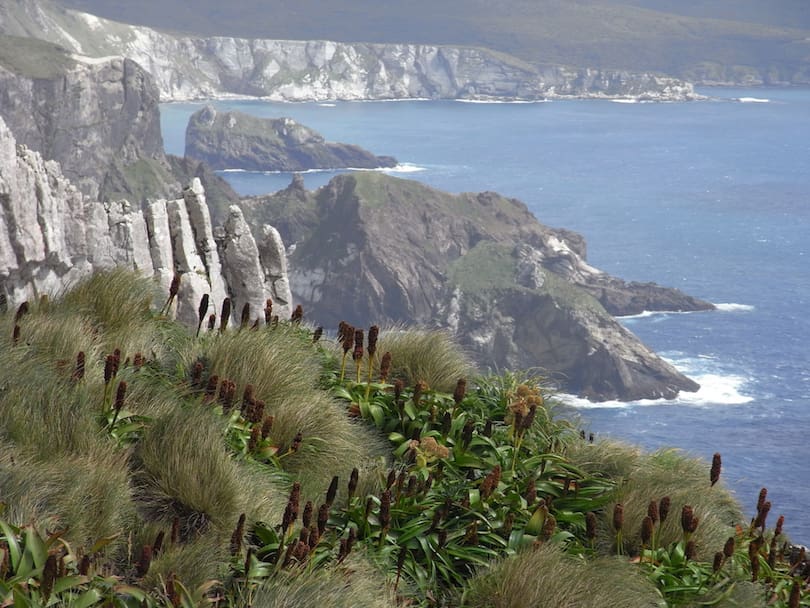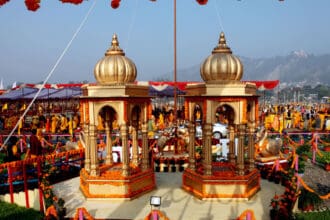Discover the top 5 must-visit places in Katihar, a city filled with cultural heritage and natural beauty. Explore the best tourist destinations and plan your trip to experience the charm of Eastern India.
Introduction: Exploring the Enchanting Land of Katihar
Welcome to the mesmerizing city of Katihar, situated in the eastern part of Bihar, India. Boasting a rich historical past and captivating landscapes, Katihar has become a favorite destination for travelers seeking an offbeat experience. This article will be your ultimate guide, showcasing the top 5 places to visit in Katihar. So, fasten your seatbelts and get ready for an enthralling journey through the wonders this city has to offer!
Top 5 Places To Visit In Katihar
1. Kali Mandir: Embrace Spiritual Bliss
Kali Mandir, dedicated to the fearsome yet revered Goddess Kali, is a renowned religious site in Katihar. The temple’s architecture is a splendid blend of traditional and modern styles, exuding an aura of tranquility and devotion. The majestic idol of Goddess Kali, adorned with flowers and draped in vibrant fabrics, offers a sense of divine connection. Devotees and tourists alike flock here to seek blessings and immerse themselves in the serene ambiance that surrounds the temple.
Located atop a small hill, the Kali Mandir provides a breathtaking view of the city below, making it an ideal spot for meditation and introspection. The temple’s calm and serene atmosphere is a stark contrast to the bustling city life, allowing visitors to find solace in the divine presence of Goddess Kali.
2. Manihari-Kursela Ganga Barrage: A Riverside Retreat
Nestled on the banks of the mighty Ganges, the Manihari-Kursela Ganga Barrage is a captivating engineering marvel that serves multiple purposes. This scenic spot not only offers a picturesque view of the river and the surrounding landscapes but also plays a crucial role in controlling floods and ensuring a steady water supply to the region.
The peaceful ambiance of the Manihari-Kursela Ganga Barrage makes it a perfect place for a leisurely stroll, where you can feel the gentle breeze brushing against your face as you take in the mesmerizing view of the Ganges. For those seeking a more adventurous experience, boat rides are available, allowing visitors to explore the river’s enchanting beauty up close.
The highlight of visiting this attraction is witnessing the breathtaking sunset views over the Ganges. As the sun dips below the horizon, casting a warm glow across the river, it creates a moment of sheer tranquility that will remain etched in your memory forever.
3. Madhubani Art Gallery: A Kaleidoscope of Colors
Katihar takes immense pride in preserving the exquisite Madhubani art form, and the Madhubani Art Gallery is a testament to the region’s rich cultural heritage. Stepping into this gallery is like stepping into a kaleidoscope of colors, as you witness a vast collection of stunning Madhubani paintings.
The art gallery showcases the work of local artisans, whose intricate brushstrokes depict various themes, including mythology, nature, and scenes from everyday life. Each painting tells a unique story, making the gallery a treasure trove of artistic finesse and creativity.
Exploring the Madhubani Art Gallery is not only an opportunity to appreciate the beauty of these traditional paintings but also to understand the stories and symbolism behind each stroke. Moreover, purchasing a Madhubani painting from the gallery provides support to the local artists, ensuring the preservation of this unique art form for generations to come.
4. Nawabganj Bird Sanctuary: A Haven for Birdwatchers
For nature enthusiasts and avid birdwatchers, the Nawabganj Bird Sanctuary is a paradise waiting to be explored. Sprawling across a vast area, this sanctuary is a haven for a diverse array of avian species, making it an essential destination for wildlife lovers.
During the winter months, the sanctuary becomes a temporary home for numerous migratory birds, adding to the already diverse bird population. As you venture into the sanctuary, you’ll have the chance to spot a wide variety of feathered creatures, each displaying its unique plumage and behavior.
For a rewarding experience, carry your binoculars and camera to capture the mesmerizing beauty of these birds in their natural habitat. The serene environment of the Nawabganj Bird Sanctuary offers an opportunity to connect with nature and witness the harmony of the avian world.
5. Kursela-Khagaria Ganga Bridge: A Marvel of Modern Engineering
The Kursela-Khagaria Ganga Bridge stands as a symbol of progress and development, connecting two regions of Bihar. Stretching majestically across the Ganges, this bridge is not only an engineering marvel but also a popular destination for tourists seeking stunning vistas.
A walk or drive across the Kursela-Khagaria Ganga Bridge offers an awe-inspiring view of the vast expanse of the river beneath, showcasing the true grandeur of the Ganges. As you traverse the bridge, you’ll feel a sense of exhilaration, knowing that you’re crossing one of the most significant rivers in India.
The bridge is also a testament to the region’s commitment to connectivity and accessibility, significantly improving transportation between the two areas. Moreover, the bridge serves as a strategic link, fostering economic development and fostering cultural exchanges between the regions.
FAQs (Frequently Asked Questions)
1. Is Katihar safe for travelers?
Absolutely! Katihar is considered a safe destination for travelers. The locals are warm and welcoming, ensuring a comfortable and enjoyable experience for all visitors.
2. What is the best time to visit Katihar?
The best time to visit Katihar is during the winter months, from November to February. The weather is pleasant and suitable for exploring the city’s attractions without the discomfort of extreme heat or humidity.
3. Are there any accommodation options in Katihar?
Yes, Katihar offers a range of accommodation options to suit various budgets and preferences. From budget-friendly guesthouses to luxurious hotels, travelers can find suitable places to stay during their visit.
4. Can I hire a guide to explore these top 5 places?
Certainly! Hiring a local guide is highly recommended as they can provide valuable insights, historical context, and interesting anecdotes about each attraction. A guide will enrich your experience and ensure you don’t miss out on any hidden gems.
5. Are there any local delicacies to try in Katihar?
Absolutely! Katihar is known for its delectable cuisine. Don’t miss the chance to savor local delights such as Litti-Chokha, Thekua, and Malpua. These traditional dishes offer a burst of flavors and are a treat for your taste buds.
6. How can I reach Katihar?
Katihar is well-connected by both rail and road. There are regular train services from major cities in India, making it easily accessible for travelers. Additionally, several bus routes connect Katihar to neighboring towns and cities.
Conclusion: Embrace the Beauty of Katihar
In conclusion, Katihar offers a delightful blend of cultural heritage, spirituality, and natural beauty, making it a must-visit destination in Eastern India. From seeking blessings at the sacred Kali Mandir to witnessing the marvel of modern engineering at the Kursela-Khagaria Ganga Bridge, each place on this list has something unique to offer.
A trip to Katihar is not only a journey to explore its top attractions but also an opportunity to immerse yourself in the local culture, interact with friendly locals, and relish the region’s mouthwatering delicacies. Whether you are a nature lover, an art enthusiast, or a history buff, Katihar has something to captivate your heart.
So, when planning your next adventure, consider venturing into the enchanting land of Katihar to create memories that will last a lifetime. Embrace the serenity of the Ganges, marvel at the artistic finesse of Madhubani paintings, and experience the spiritual aura of Kali Mandir. This hidden gem of Eastern India is waiting to be explored by curious travelers like you.
Make sure to pack your camera, a curious mind, and an open heart, for Katihar promises to leave you with cherished experiences and an indelible impression of its unique charm. Discover the top 5 places to visit in Katihar, and embark on a journey of beauty, culture, and heritage that you will cherish forever.






